If there’s one thing I’ve mastered in the kitchen, it’s finding new ways to mess things up. Somehow, those “simple” recipes always turn into a test of my patience and my smoke alarm’s battery life. Whether it’s a small oversight that snowballs or a habit I didn’t realize was actually causing problems, the kitchen is a minefield of mistakes waiting to happen. If you’ve ever found yourself frantically Googling mid-cooking crisis, you’re definitely not alone. Take a look at some of the classic kitchen blunders that get the best of us and figure out how to avoid them next time

Burning the Garlic
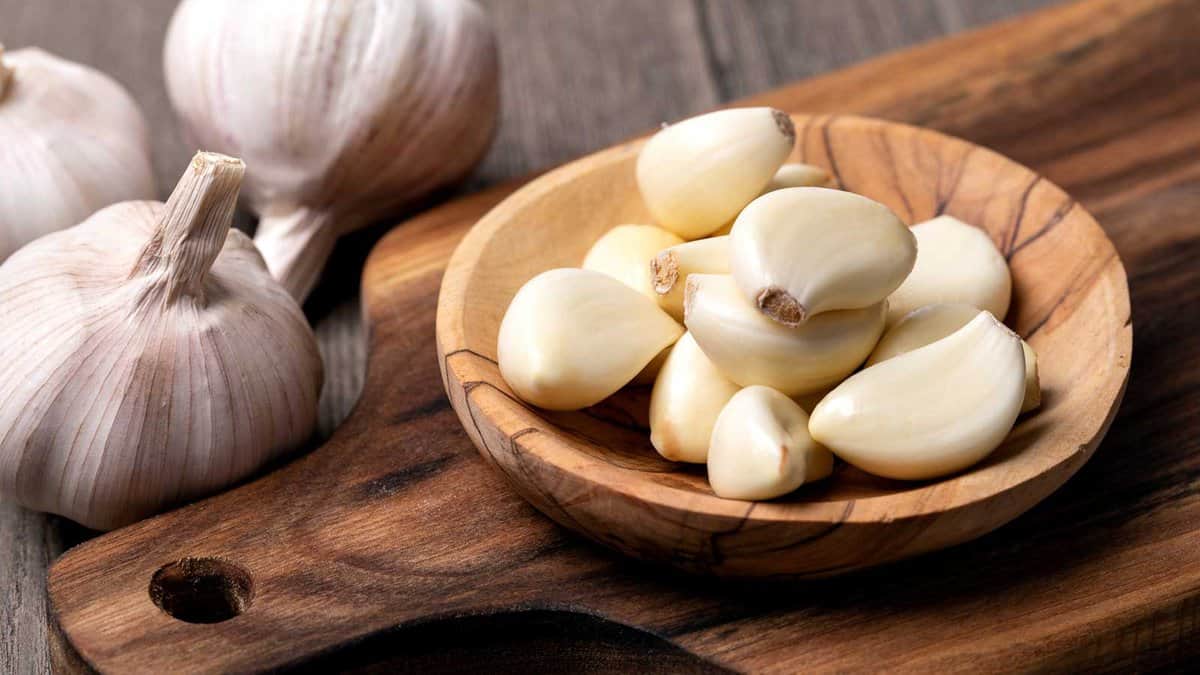

You’re sautéing away, and suddenly there’s that unmistakable smell—yep, the garlic’s toast. Literally. Garlic goes from golden perfection to charred bitterness in a blink, and once it burns, there’s no turning back. Save yourself the heartache by adding it later and keeping the heat down. Your pasta sauce will thank you.
Overcrowding the Pan
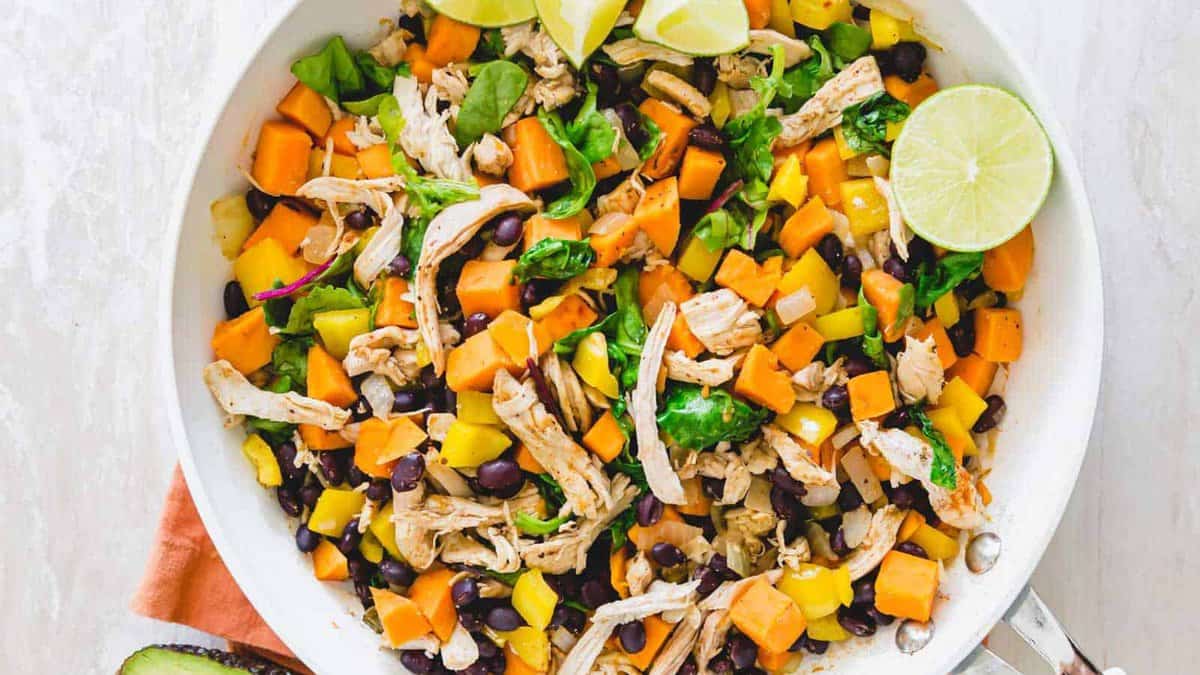

Trying to cook a family-sized stir-fry in a tiny pan? Good luck. Overcrowding means your food’s just sitting there, steaming in its own sad little pool of moisture. Give your ingredients some breathing room, and they’ll actually brown and crisp up the way they’re supposed to. Don’t make them suffer for your impatience.
Forgetting to Read the Recipe First


It’s all going smoothly until you hit the part where it says, “marinate for 4 hours.” Suddenly, your dinner plans are wrecked. Skipping that quick pre-read is a fast track to disaster. Take a couple of minutes to read the whole thing through—future you will appreciate not having to scramble for missing ingredients.
Using a Dull Knife


You might think a dull knife is less dangerous, but that’s a kitchen myth. Dull blades slip and slide, which means you’re more likely to slice your finger than that tomato. Plus, nobody wants to watch you struggle to saw through a bell pepper. Keep those knives sharp, and you’ll be slicing like a pro, not hacking like a lumberjack.
Overcooking Pasta
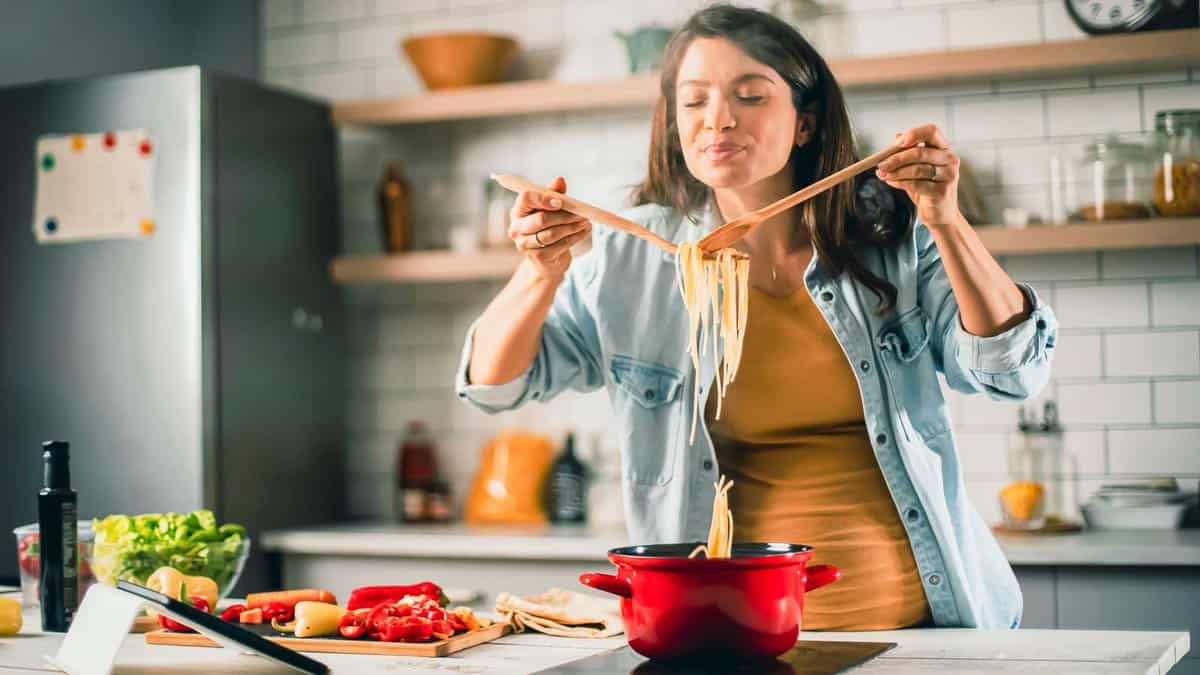

We’ve all been there: intending to cook pasta al dente and ending up with a pot of mush. Overcooked pasta clumps together and turns into a sticky, unappetizing mess. It’s simple—set a timer, taste-test a piece, and pull it off the heat while it’s still got a bit of bite. Trust me, nobody’s looking for pasta porridge.
Not Preheating the Pan Properly
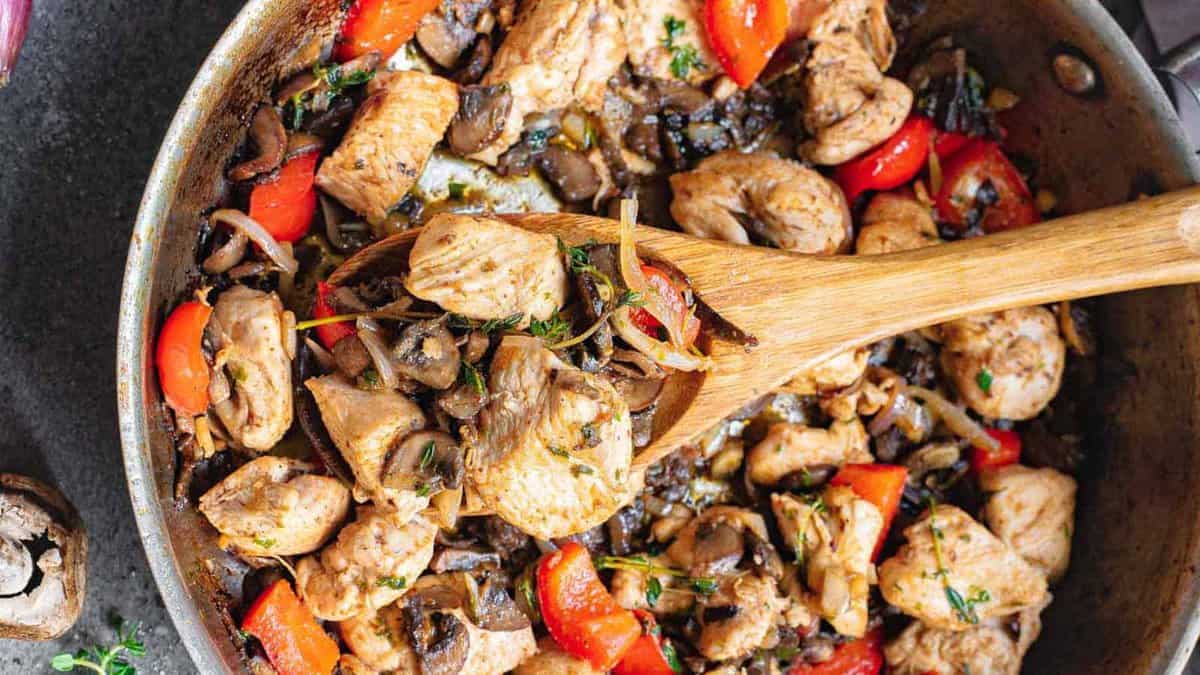

Throwing food into a cold pan is like showing up to a party before it starts—awkward and kind of sad. Preheating the pan helps food cook evenly and gives you that lovely sear. Skip this step, and you’re left with pale, limp veggies and sad, gray meat. Let the pan get hot first, and your food will thank you by looking (and tasting) a lot better.
Measuring Ingredients Incorrectly


“A pinch of this, a splash of that” works for cooking, but baking is another story. Use too much flour or not enough sugar, and you’ll end up with cookies that look—and taste—like hockey pucks. Measuring correctly isn’t just about precision; it’s about avoiding disasters that will have you googling “how to fix flat cakes.”
Boiling Instead of Simmering


Your soup’s supposed to be gently simmering, but instead, it’s bubbling away like a hot tub on full blast. Overboiling soups and sauces destroys flavors and turns tender veggies into mush. Keep it cool—simmering lets all those ingredients get cozy without turning them to mush.
Stirring Too Much


Step away from the pot. Constantly stirring your food might seem helpful, but it’s actually making things worse. Over-stirring rice, for instance, releases starch and turns it gummy. Same goes for meat—leave it alone long enough to get a nice sear, and stop poking it like it’s going to run away.
Forgetting to Season as You Go


You can’t fix bland food at the end by dumping in salt—it doesn’t work like that. Seasoning throughout the cooking process allows flavors to develop and blend. Sprinkle as you go, and you won’t have to frantically throw salt on your dish at the table, hoping for a miracle.
Using the Wrong Oil for Cooking
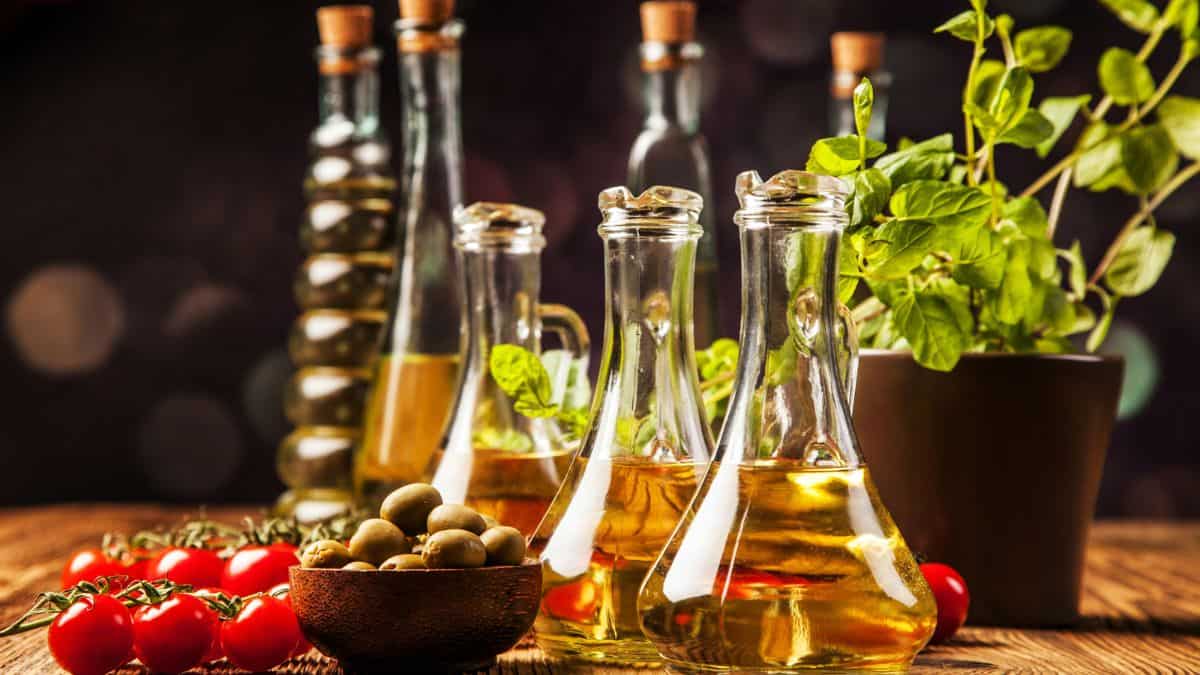

Not all oils are created equal, and using the wrong one can lead to smoke-filled kitchens and ruined dishes. Olive oil might be great for salads, but crank up the heat, and it turns into a smoky mess. For high-heat cooking, stick to oils with a higher smoke point like canola, avocado, or peanut oil. It’s a simple switch that saves your food from unwanted bitterness and your smoke detector from a meltdown.
Gina Matsoukas is an AP syndicated writer. She is the founder, photographer and recipe developer of Running to the Kitchen — a food website focused on providing healthy, wholesome recipes using fresh and seasonal ingredients. Her work has been featured in numerous media outlets both digital and print, including MSN, Huffington post, Buzzfeed, Women’s Health and Food Network.


